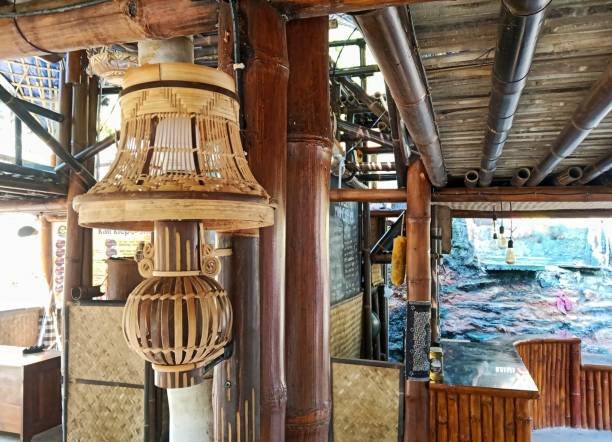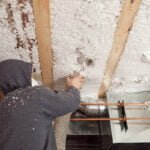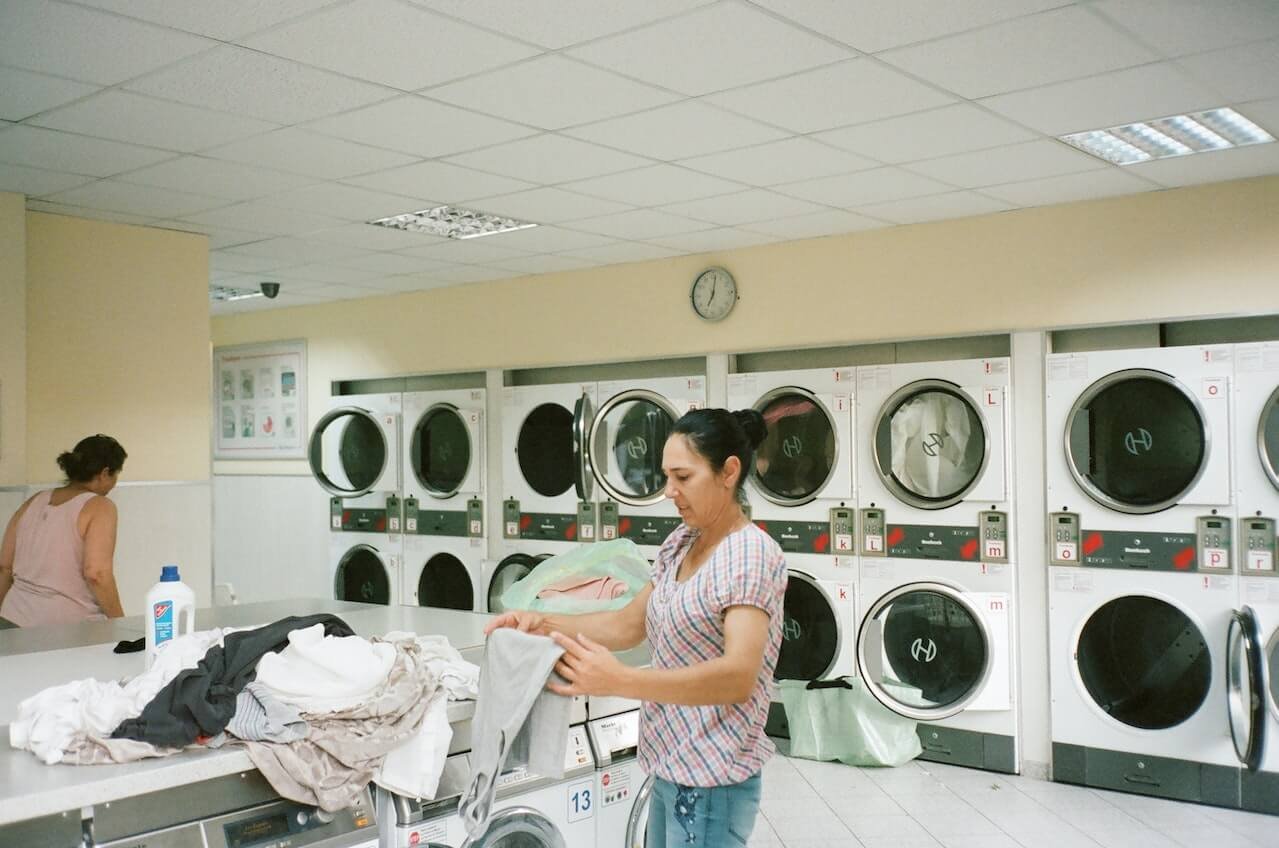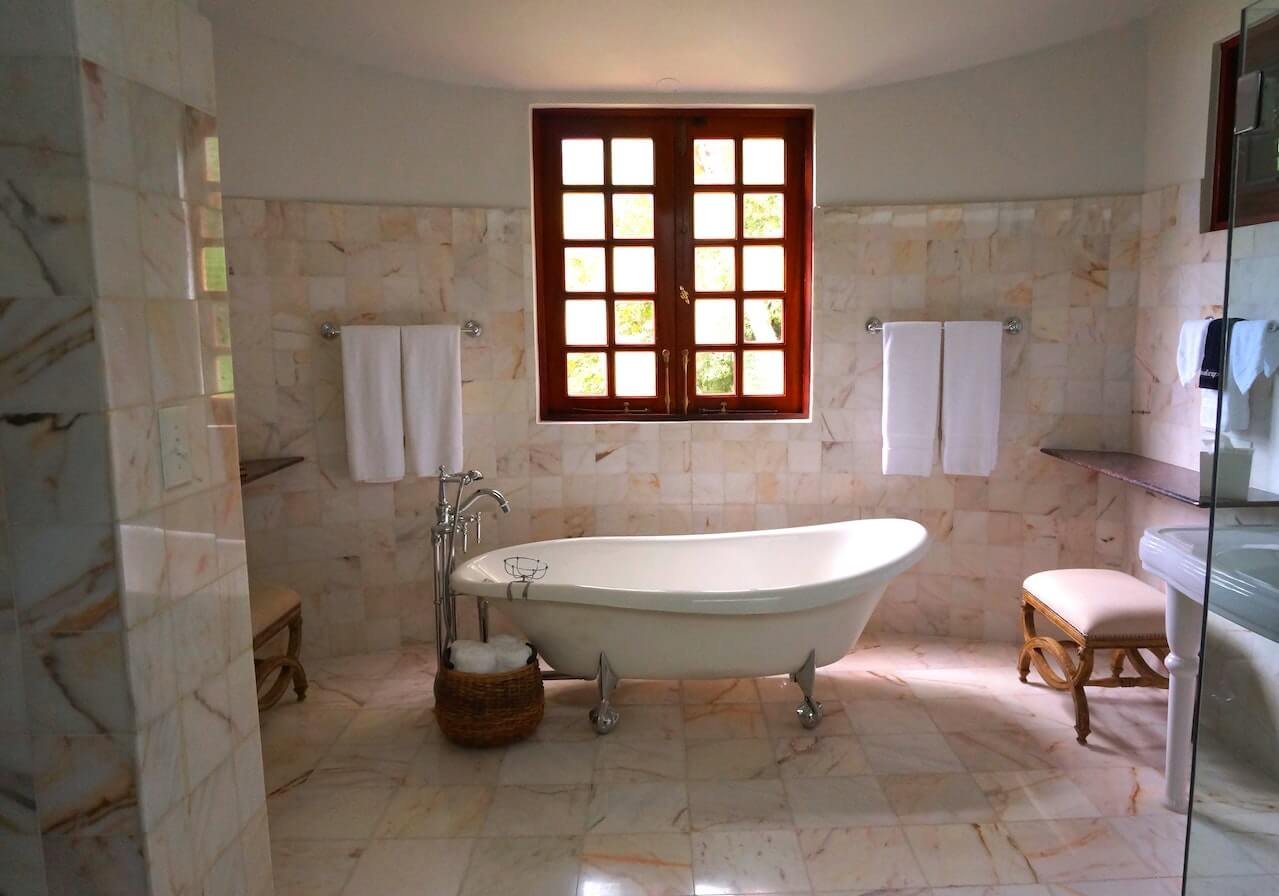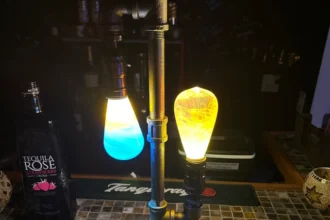In today’s world, where environmental consciousness is more crucial than ever, every element of our homes should contribute to sustainability. One aspect that often gets overlooked in this regard is window treatment.
While blinds and shutters are typically chosen for their aesthetic value or the privacy they offer, their role in creating an energy-efficient home is frequently underestimated.
It can play a pivotal role in controlling the amount of sunlight that permeates our homes, thereby influencing the indoor temperature and the amount of electricity we consume for heating or cooling.
This blog post aims to shed light on how blinds and shutters can be harnessed to contribute towards energy-efficient home design, creating a living space that is not just comfortable and stylish but also eco-friendly.
The Role of Blinds and Shutters in Energy Efficiency
It may have a major effect on a household’s energy use. They control the quantity of solar radiation that enters a room, consequently influencing the temperature within.
Blocking the sun’s rays in the summer helps keep the house cooler without turning on the air conditioner. Opening them during the winter lets in the sun’s warmth and reduces the need for additional heating.
By trapping air between their cells, honeycomb blinds, for instance, provide superior insulation. Similarly, thermite or other insulating plantation shutter materials help keep the heat inside where it belongs and reduce heating and cooling costs.
Choosing the Right Material
The amount of energy your blinds or shutters waste depends heavily on their construction. When it comes to insulation, certain materials are just superior to others. For instance, the density of wood and synthetic wood makes them effective insulators.
Aluminum blinds, on the other hand, are both long-lasting and inexpensive, but they do not provide nearly as much insulation. Therefore, it is important to think about more than just looks while selecting blinds or shutters.
Color and Energy Efficiency
Utilizing the potential of blinds and shutters for energy efficiency is greatly aided by the use of color. In warmer areas or spaces with plenty of natural light, lighter colors are preferable since they don’t absorb as much heat. They keep the space cool, so less air conditioning is needed.
On the other hand, darker hues store heat, making them a good choice for cooler regions or indoor spaces with less natural light. They absorb heat and keep the space toasty, so less heating is required.
Smart Blinds and Shutters
Smart blinds and shutters have been created as a result of technological progress. These cutting-edge options may be set to automatically open or shut down according on environmental factors like temperature or sunshine intensity.
You may automate your window coverings to do things like close during the warmest portion of the day or open during the cold afternoons. Smart technology makes the process of improving energy efficiency easier and more exact.
Proper Installation
Poor installation renders ineffective even the most energy-efficient blinds or shutters. Insulation may be compromised by air leaks caused by improper installation.
By having them professionally installed, you can be certain that there will be no leaks around your blinds or shutters. Make sure the installation is done properly for maximum energy savings, regardless of whether you pick an interior or exterior mount.
Regular Maintenance
Maintaining your blinds or shutters on a regular basis is essential to ensure that they continue to improve the energy efficiency of your house. They are less effective if their reflecting qualities are diminished by dust and filth.
Cleaning your blinds or shutters on a regular basis and inspecting them for damage can go a long way toward preserving their energy efficiency. You can keep your white blinds’ ability to reflect heat in the summer by keeping them clean.
Conclusion
It takes more than just solar panels and energy-saving appliances to make a house energy efficient. It’s important to think about the window coverings, such as blinds or shutters, while designing your house. These features provide an excellent chance to lessen one’s carbon impact and utility costs.
You may greatly improve your home’s energy efficiency by purchasing high-quality blinds or shutters, having them expertly installed, and then keeping them in good repair. So, why are you stalling? Bumble Bee Blinds has the right one for your house.
Consider the potential of blinds and shutters as you set out on the path to developing an energy-efficient house. They are more than simply decorative touches; they are tools for creating a better, more sustainable society.

